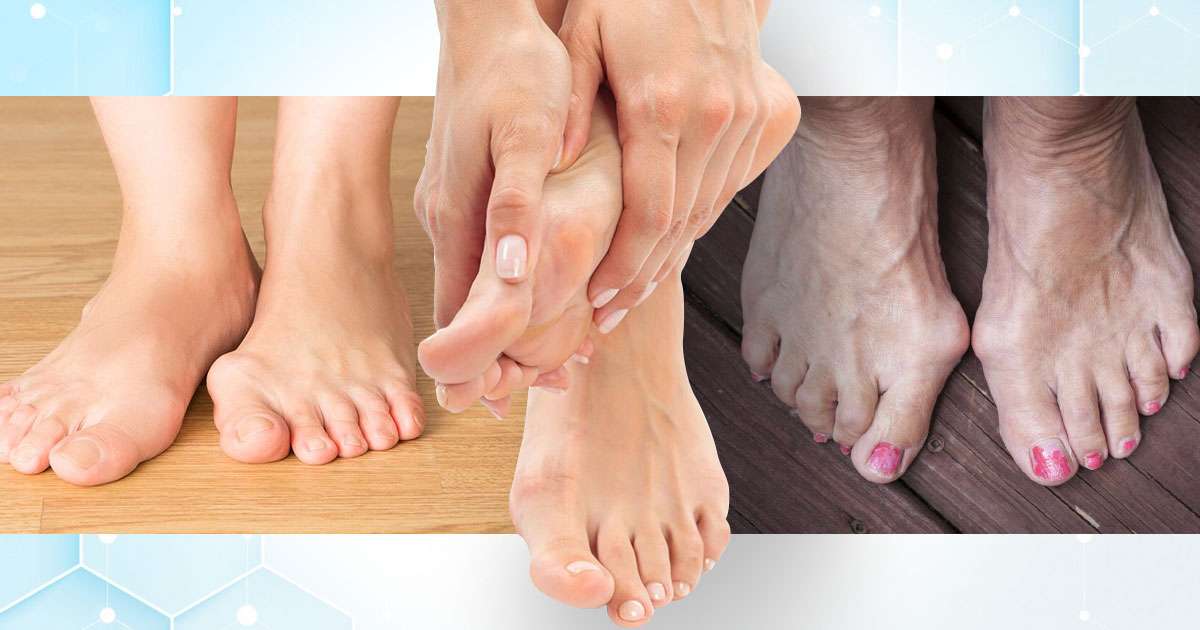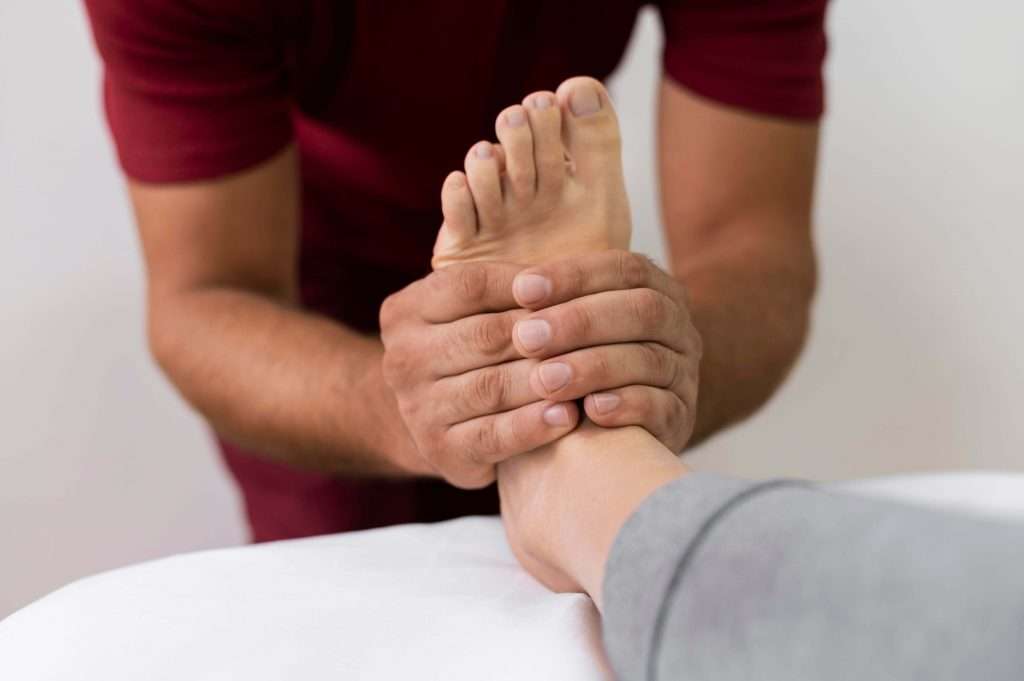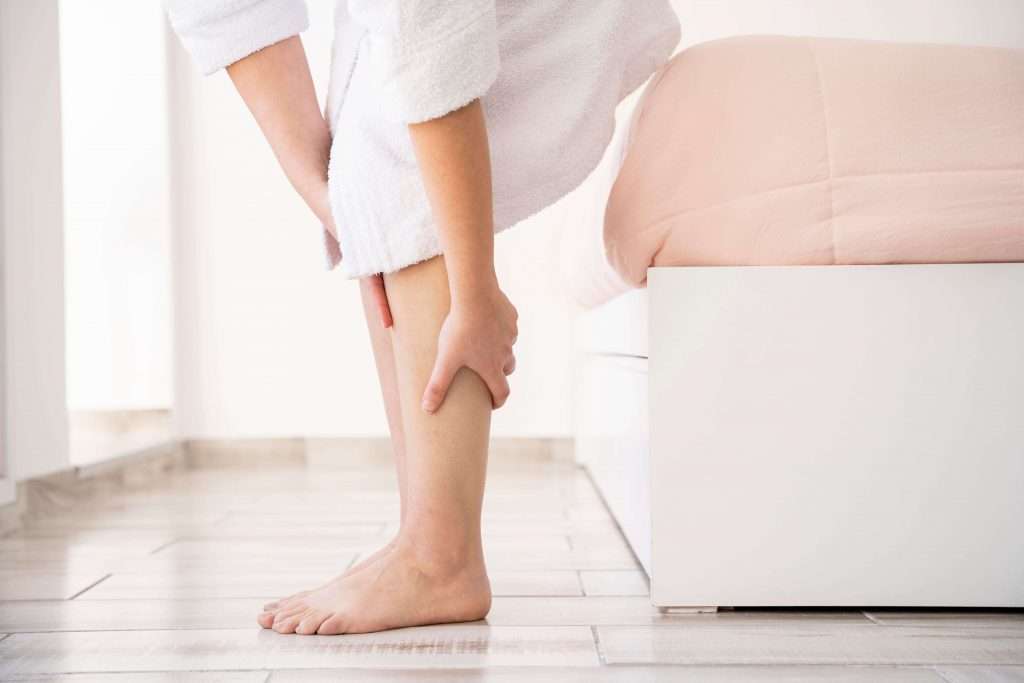Distinguishing Gout from Bunions: A Comparative Analysis

When it comes to foot-related conditions, gout and bunions are two terms that often get confused. Both can be painful and uncomfortable, but they are two different diseases with different causes, signs, and ways to treat them. Understanding the critical differences between gout and bunions can help you determine which one you may be dealing with and how to address it effectively.
What is gout?
Crystals of uric acid build up in the joints and cause gout. When these crystals hit the body, they can cause severe inflammation, which can cause sudden attacks of joint pain, swelling, and redness. The big toe joint is where gout usually happens, but it can also happen in the feet, knees, and wrists.

What is bunion?
Some people also call this problem hallux valgus. A bunion is a protrusion of bone that forms at the base of the big toe. It occurs when the big toe leans inward towards the other toes, causing a bulging protrusion on the side of the foot. Bunions can hurt, and it can be hard to wear specific shoes.

Gout and bunions are not the same. Both foot pains are unpleasant, but they have different causes and require different treatments. Gout is arthritis from uric acid buildup, while bunions are toe base deformities.
Difference Between Gout and Bunion
Gout and bunions are foot problems, but they’re not the same. Here’s a closer look at their differences in simple terms:
What Causes Them
Gout:
Hyperuricemia, also known as gout, is a condition that results from having too much uric acid in the body. The body produces uric acid when it breaks down purines, found in foods like fatty meats, organ meats, seafood (like shrimp and tuna), and alcohol.
Getting gout is more likely if you have certain health problems. These include being male, having a high body mass index (BMI), having conditions like high blood pressure or diabetes, taking water pills, and consuming foods or drinks high in fructose or purines.
Bunion:
Some researchers think bunions are genetic and happen because of foot structure issues that run in families. These foot problems, like flat feet or flexible ligaments, can make bunions more likely to develop.
Researchers debate whether poorly fitting shoes can cause bunions. Some believe shoes might contribute to bunions, while others think they could make existing foot problems worse.
Diagnosis
Diagnosing gout and bunions involves different methods. While some steps are similar, diagnosing gout requires more tests to confirm the condition and rule out other similar conditions.
Gout:
Gout is often diagnosed after the first attack of symptoms. Your healthcare provider will ask about your medical history, symptoms, and whether any family members have had gout or other arthritis types.
The provider will also examine the affected toe and might request further tests to confirm the diagnosis or rule out other conditions.
Tests for gout can include:
- Uric acid blood test: This test checks if your uric acid levels are high, which is linked to gout. However, high uric acid levels don’t always mean you have gout.
- Joint aspiration: This involves taking a fluid sample from the affected joint and looking at it under a microscope for urate crystals, which are a sign of gout.
- Imaging: X-rays can show problems with the joints or tophi (urate crystal lumps) under the skin. Ultrasound can find urate crystals in the joint.
Bunion:
Diagnosing a bunion is usually straightforward and involves a physical exam of the toe. During the exam, the healthcare provider might move the toe to check its range of motion.
An X-ray might be requested to check for injury or deformity. Blood work is done only if autoimmune arthritis is suspected.
Signs and Symptoms
Gout:
- Joint pain that comes on quickly and is very painful can happen in the big toe or other joints like the ankle, knee, or elbow.
- The part that is hurt has swelling, redness, and warmth.
- The joint may not be able to move as freely as it could.
- Peeling, itchy, or flaky skin can be observed around the joint.
- Tophi (lumps under the skin) may develop around joints, especially in chronic cases.
Bunion:
- At the base of the big toe, a hard bump forms.
- It hurts or feels sore at the base of the big toe or on the ball of the foot.
- Swelling occurs around the big toe joint.
- Redness or inflammation is present over the bunion.
- Corns or calluses may form on the bump or the toe next to it.
Where They Appear
Gout:
Gout often affects the same joint, causing pain and swelling. While it can also affect other joints, such as the elbows, ankles, and knees, the big toe is a common target.
Gout comes and goes in episodes of pain (flare-ups) followed by symptom-free periods (remission). Some people will have gout their whole lives, and it can damage their joints during flare-ups.
Bunion:
A bunion is a bony bump that forms at the joint where the big toe meets the foot. It develops slowly and can make the big toe turn inward as it grows bigger.
How to Treat Them
Gout:
To ease the pain and swelling of a gout attack, you can take over-the-counter drugs like Aleve or Advil. Elevating your foot and applying ice can also help.
Do not drink alcohol or sugary drinks during a gout attack. Instead, drink a lot of water. You might also find it helpful to use a cane or mobility device to relieve pressure on your toe when walking. Wearing open-toe shoes or cutting a hole in socks can also help.
Your healthcare provider can prescribe medications like Colcrys or corticosteroids to reduce inflammation, swelling, and pain during a gout attack.
Bunion:
Bunions are often treated without surgery. Surgery is considered if other treatments haven’t helped.
Nonsurgical options for bunions include:
- Wearing shoes with padded soles that give your toes enough space to move
- Putting tape on your foot to ease pressure on the bunion
- Using painkillers, you can buy over-the-counter
- Putting in shoes with arch supports
Surgery is an option for those who haven’t found relief with nonsurgical treatments. The most common surgery for bunions is a bunionectomy, which corrects the position of the big toe and removes swollen tissue from the joint. After surgery for a bunion, it can take up to eight weeks to fully heal.
How to Manage
Gout:
For long-term management of gout, follow these steps:
- Take Medications: Take prescribed medicines regularly to lower uric acid levels and prevent gout attacks.
- Watch Your Diet: Avoid foods high in purines, like red meat and certain seafood. Limit alcohol, especially beer and spirits.
- Stay Hydrated: To get rid of uric acid, drink a lot of water.
- Maintain a Healthy Weight: Obesity can increase gout risk, so eat healthy and exercise.
- Exercise Regularly: Stay active to maintain a healthy weight and improve overall health.
- Check Uric Acid Levels: Regularly monitor uric acid levels with your doctor.
- Limit Alcohol: Alcohol, especially beer and spirits, can raise uric acid levels.
- Manage Other Health Conditions: Control conditions like high blood pressure and diabetes, which can worsen gout.
- Avoid Trigger Foods: Some foods can trigger gout attacks, so identify and avoid them.
Bunion:
Long-term care for bunions involves:
- Wear the Right Shoes: Choose shoes with a wide toe box and good support.
- Use Toe Spacers or Pads: These might help ease the pain in the bunion.
- Do Toe Exercises: Strengthen toe muscles and improve flexibility.
- Maintain a Healthy Weight: Having extra weight can make bunion pain worse.
- Manage Pain: Use ice packs or over-the-counter pain killers.
- Avoid High Heels: They can make bunions worse.
- Monitor the Bunion: Watch for changes and see a healthcare provider if they get worse.
- Consider Surgery: If conservative treatments don’t help, surgery may be an option.
Can gout lead to bunions?
Although gout and bunions are different, gout might contribute to bunions in some cases. Gout’s inflammation and joint damage could cause structural foot changes, possibly increasing bunion risk. However, most bunions are due to other factors, and not everyone with gout gets bunions.
Bunion vs. Gout: Effectively Knowing Their Difference
Gout and bunion both cause pain, swelling, and discomfort in the big toe joint, making walking difficult. However, they have different causes and treatments. Bunions are due to foot structure issues, while high uric acid levels cause gout. Gout is managed with medication and lifestyle changes, while bunions are treated with pain relievers and techniques to reduce pressure on the toe. Surgery may be needed for severe bunions.

